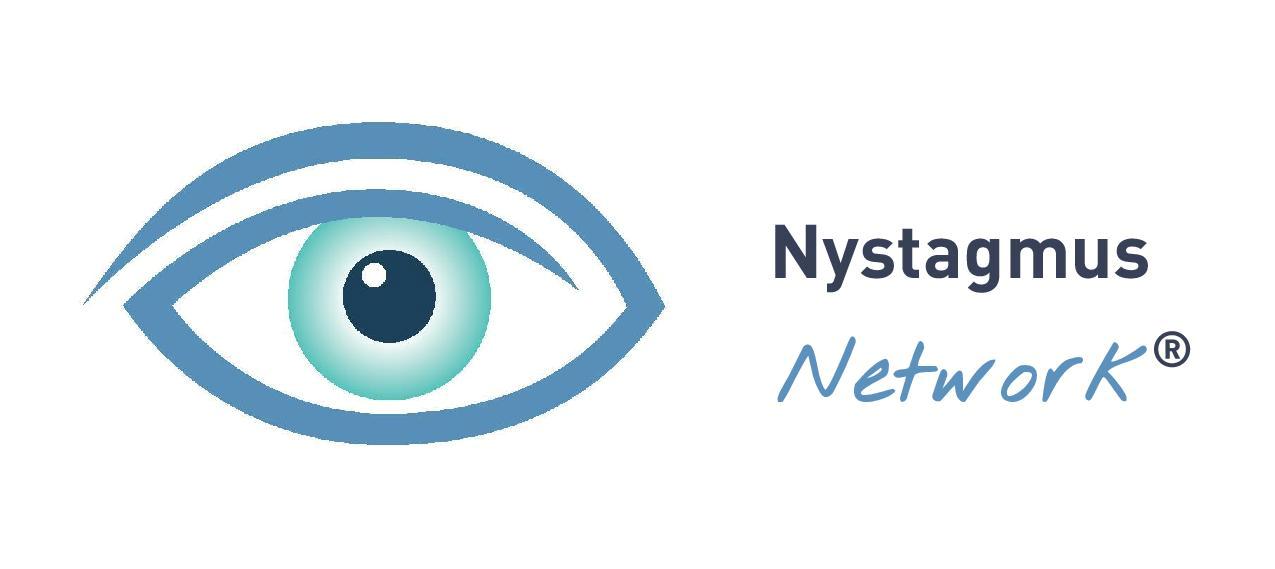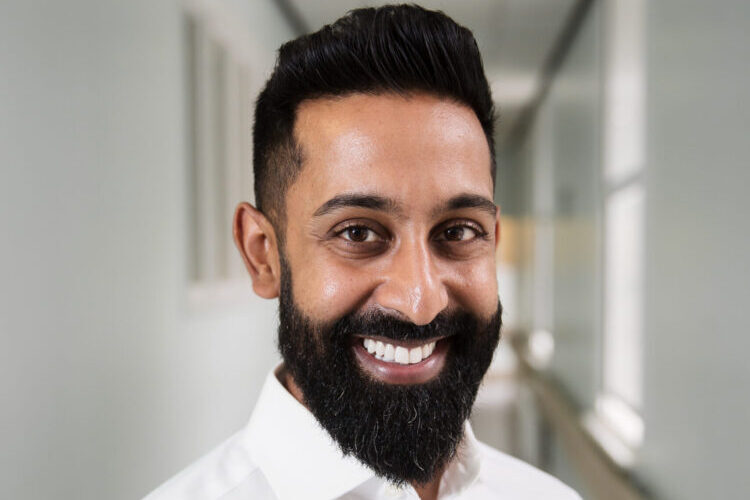We asked a group of Nystagmus Network supporters what questions they would most like to put to nystagmus researchers. Then we found researchers to answer them.
Your questions were answered by Jay Self (JS), a Consultant Paediatric Ophthalmologist at University of Southampton and nystagmus researcher and Helena Lee (HL), a Consultant Ophthalmologist at University of Southampton and a nystagmus researcher
Question 5: What are nystagmus researchers currently focused on?
(JS) There are lots of different avenues. There is an element of ‘If you’ve only got a hammer, every problem looks like a nail’. What I mean by that is that I’ve got a background in genetics, so I will look at all the ways genetics can help with nystagmus. We both have a background in clinical trials, so we always look at ways we can test things. If you’re an eye movement person who’s done 30 years of eye movement research you’re always going to look for an eye movement avenue. There are different people with very different expertise. We really need to broaden the net, because there will be people whose research is based on a particular molecule and they’ll try and work out how that is relevant to nystagmus. The more people you have and the broader it is, what tends to happen is that things start to come together and you get collaborations. Or there’s a totally different avenue of science that none of us even knows about.
The work that the Nystagmus Network are doing to try and broaden it out with broad calls for research is a brilliant idea. You never know. You could get people coming in from a totally different angle which might seem crazy or we’ve just never heard of that technology and suddenly that’s the thing that unpicks one part of it.
There are lots of people doing lots of different things, but you can always get more. There are themes to the answer. Lots of people are looking at diagnostics. People like me from the genetics point of view. There are quite a few looking at the use of eye trackers to help with diagnostics. There are others focusing more on support and wellbeing. Then there’s the treatment group as well.
There are also people looking at other conditions, such as retinal dystrophy researchers. Nystagmus is a major part of their phenotype, but, if you asked the patients, they wouldn’t tell you they’ve got nystagmus, they’d say they’ve got RP or cone dystrophy, or whatever. The nystagmus is just considered part of it from their point of view.
When we go to American Nystagmus Network meetings everyone is joined together by their common nystagmus and actually nobody thinks beyond that or questions why their sight is particularly bad or another person’s really good. It’s because they’ve all got completely different conditions.
There are 3 different groups of patients with nystagmus. There are those with neurological problems of which there is a huge long list, not just the acquired nystagmus cases but also children born with various neurological conditions. Then there are the ones with significant eye problems. For example, anybody born with very poor vision will get nystagmus. Then there is the group where it’s a bit more mixed, where nystagmus is a part of it. In that group I include people with idiopathic nystagmus, subtle aniridic changes or albinism.
Research is still going on into the neurological causes. Neurologists would, however, probably be about 5 sentences in before they mentioned nystagmus, because it’s not considered the main part of the phenotype.
The Nystagmus Network is enormously grateful to Jay and Helena who gave up their time on a sunny Saturday afternoon to answer questions from the nystagmus community so openly and fully.




